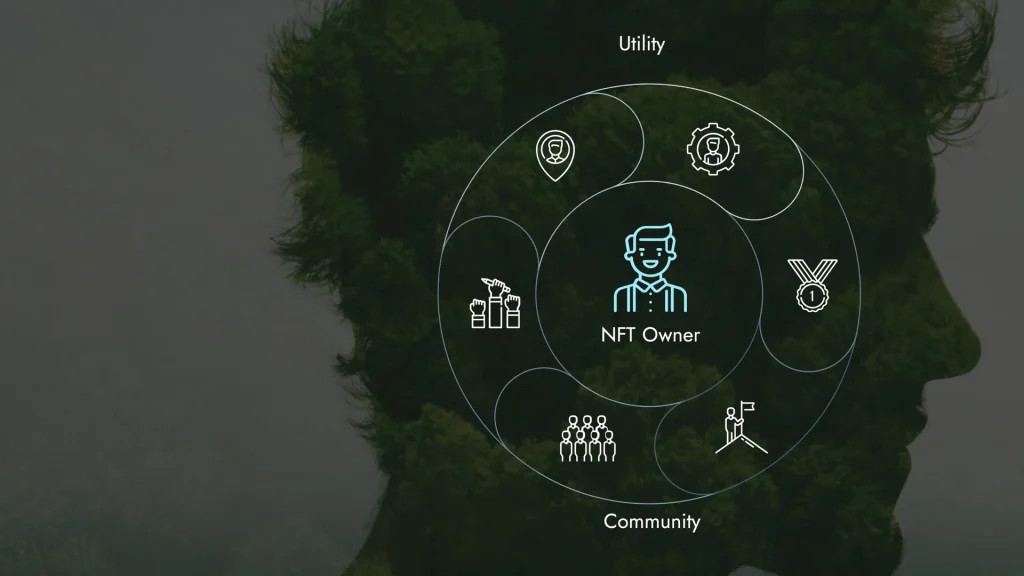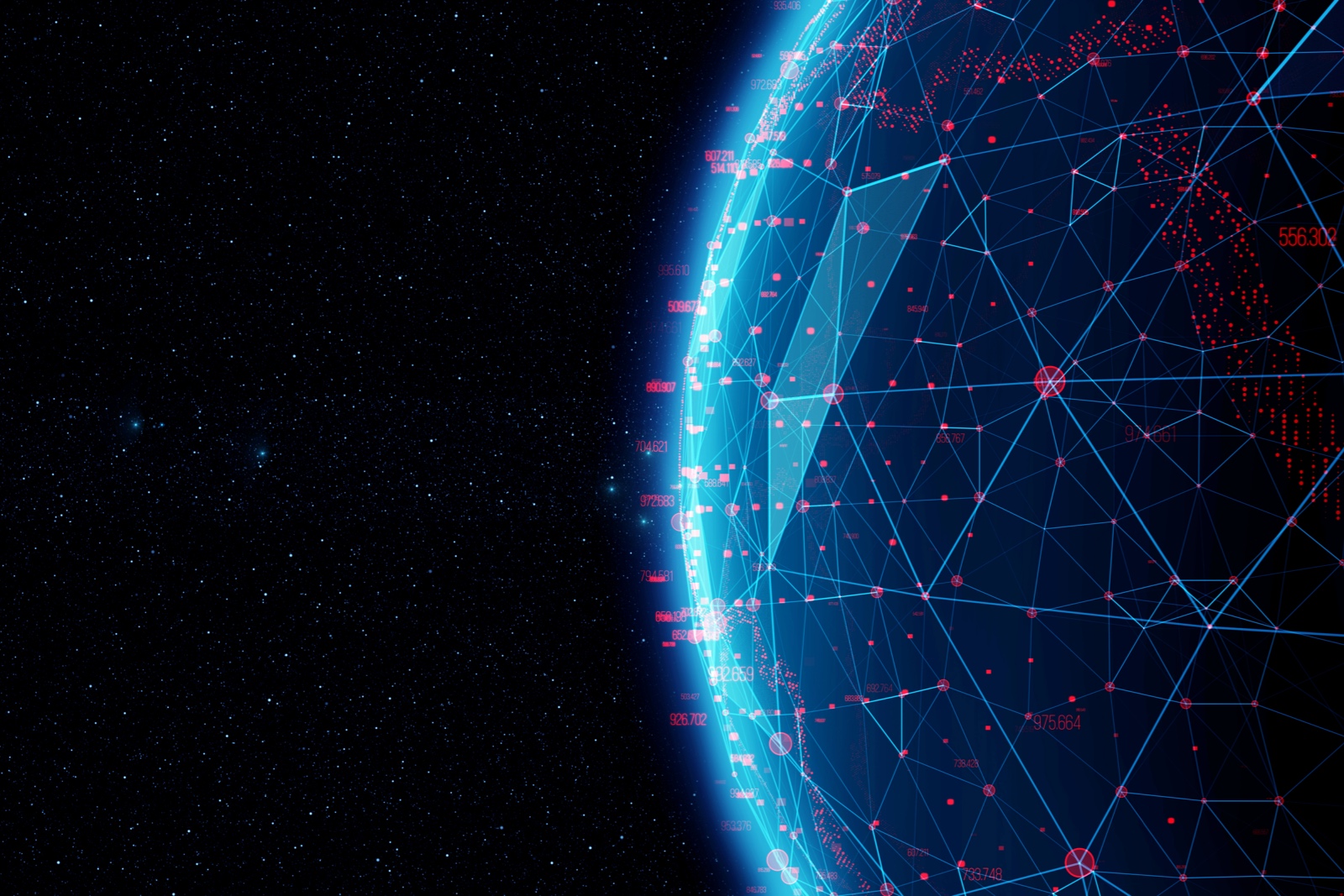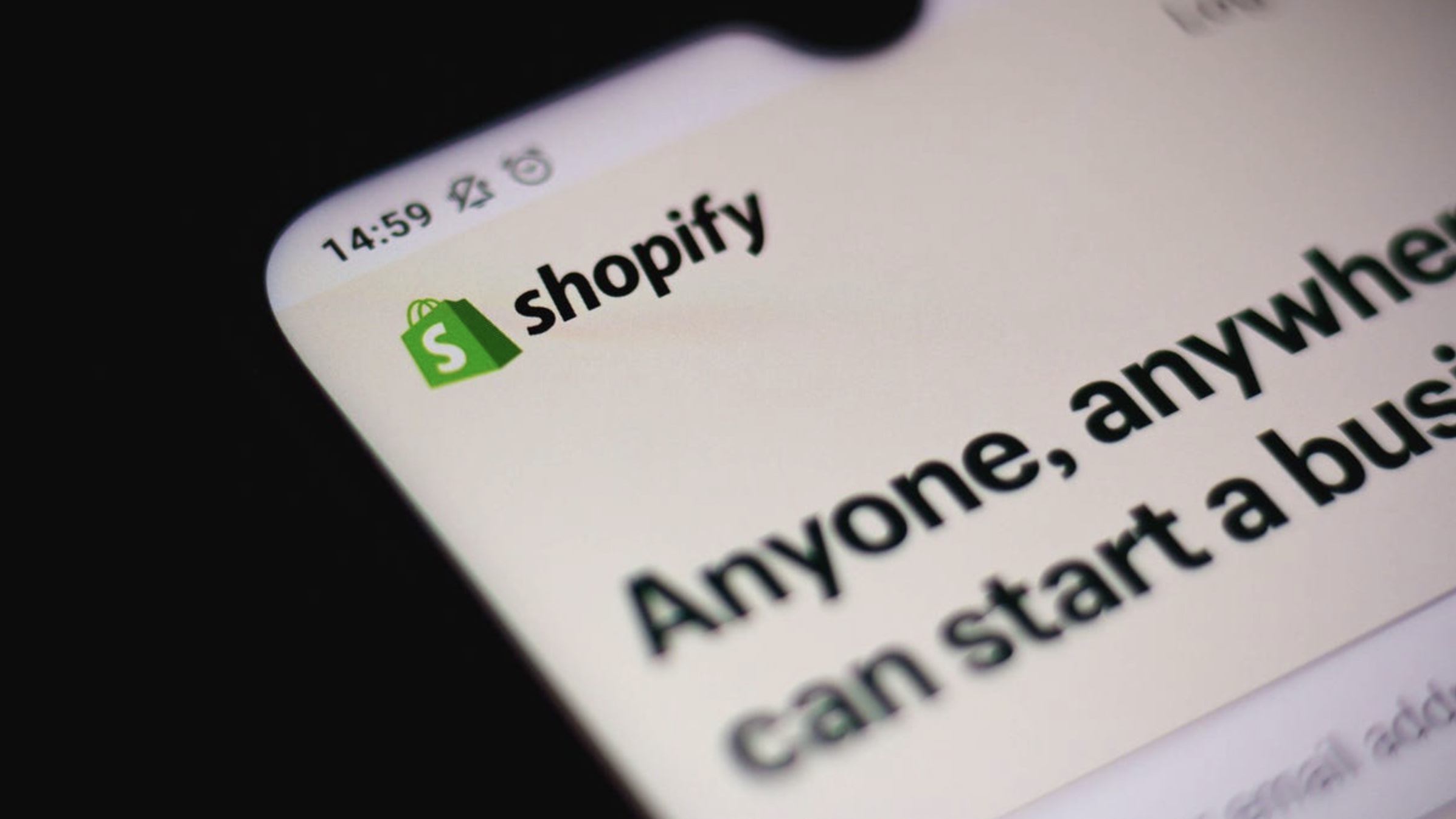Shoppers are tired. How do we wake them up?
Cynicism. Complacency. Skepticism. Burnout. Boredom. Malaise.
These are the modern maladies of today’s consumer. Gone is the bright-eyed, eager shopper of the 80s – still enamoured with the swagger of the high-street and the excitement of a ‘new release’. Gone too are enthusiastic internet-patrons of the noughties – suddenly overcome by the immense potential of endless choice delivered right to your door.
No, now your average consumer can have whatever they like, whenever they like – and increasingly, it turns out they just don’t want it.
And for brands and their marketing departments – that’s more than a little problematic.
Why don’t we buy?
But is this disinclination to buy what we love an emerging condition in itself, or simply a symptom of something else? Certainly, attitudes towards unnecessary consumerism have undergone important ideological shifts – and that’s a good thing in many ways.
But we don’t think it represents the only – or even major – reason why people choose to shop less. Indeed, if it were the case, we’d expect consumers to shop less, but to shop more passionately – keen to make purchases which reflect their ideological, ethical and social values. But for the most part, that’s not happening.
We would argue that it’s because the joy of acquisition and the joy of ownership have been undermined by many of our modern lifestyle habits.
Think back to what it meant in your childhood to want something, and to get it. A new release was announced weeks before, and the suspense would build and build. It would be the talk of the playground. Then the day of waking up, joining the queue – physically, counting the minutes, connecting and conversing, in person, with equally excited peers.
Two common features marked this as different from making a purchase today: community and ceremony. The inconvenience of queuing up wasn’t a frustration, it was a feature. The others you queued with weren’t competitors, they were compatriots in a shared love, a shared moment and a shared experience.
But the lives we live are very different now. Instant gratification has changed our relationship with suspense and the biting pleasure of anticipation. The ability to obtain instantaneously and discard just as quickly means far from filling us with the pleasure of acquisition and the lasting value of ownership, we are merely left empty.
Our pre-sales excitement has become jaded as online market places stretch the concept of ‘sales’ and ‘launches’ to meaningless hype, our queuing experience tainted by the frustrations of technological failure. What we value has changed, and the trust we put in the providers who give it to us has been undermined.
Filling the void – a new space online
It’s thus readily apparent that reclaiming that ‘emptiness’ is the key issue that marketeers need to address. They need to overcome cynicism, boredom and indifference with mechanisms that reignite a joy of purchase and ownership. What is needed are elements of sale and ongoing engagement which replicate those old concepts of ceremony and community, but within a new, more contemporary paradigm.
It’s clear that Web 3.0 provides exactly this potential. It represents, in a very broad sense, the decentralisation of the internet. For marketeers, what this means is a way to connect more directly and meaningfully with your customers, rather than being beholden to the third-party mechanisms that ruled the roost of Web 2.0 and necessarily dictated how you engaged in transactions and communications with your customer base (we’re looking at you, Amazon, Ebay, Ticketmaster, Facebook, Twitter et al).

And with this direct connection comes the real and meaningful opportunity to inject back that missing excitement, sense of ceremony and community which used to mark the ‘joy’ of shopping for and owning an item from your favourite brand.
By incorporating loyalty programmes, discounts, collectables and ticketing through NFTs, you can re-ignite the elements of exclusivity, value, interest, uniqueness and community which all add value to the process of product acquisition, and the longer-lasting goodwill attached to your brand as a whole.
When your consumers make a purchase enhanced through Web 3.0, they reclaim that ‘added value’ that used to be inherent in the shopping process; where buying was about more than owning, and owning was about more than merely ‘having.
Web 3.0 methods – particularly carbon-offset NFTs – can also help you to make consumption-averse audiences more comfortable with the idea of buying from you, by integrating real and meaningful elements of the environmental, ethical and social values which matter to them.
The challenge ahead
One of the central problems here is: consumers don’t actually know how disillusioned they’ve become. They don’t necessarily recognise that there’s been a loss of ceremony and belonging in the entire shopping experience. So if that feeling is going to be re-gifted to them through the benefit of Web 3.0, it needs to be seamless.
The problem is, Web 3.0 and the particularly tech-based hype around NFTs, bitcoin and blockchain make them seem – on first approach – the antithesis of ‘easy’. Fortunately though, that stereotype is outmoded and outdated, and increasing integration efforts are making it easier than ever for the ‘average’ consumer to engage with 3.0 without even actually noticing.
Take for instance Shopify. As one of North America’s fastest-growing e-commerce platforms, Shopify offers online retailers a suite of services including payments, marketing, shipping and customer engagement tools. In particular, they’ve put a focus on allowing customers to connect their digital wallets, and brands to issue tokengated or pop-up spaces that give exclusive access, represent unique collaborative endeavours, or grant loyalty benefits to users, and thus reinvigorate the purchase process with that old sense of excitement and anticipation.
One step further
At the Blue Marble, we’re aiming to make things even easier. We are creating a Shopify integration that will make it easier than ever for stores already making use of Shopify to integrate Blue Marble NFTs into part of their brand loyalty strategy. Our mission is to reduce friction and make sure that anyone can join the Web 3.0 movement – so there’s no setup, no requests to connect wallets, nothing that would serve to alienate or scare a potential customer.
All your Shopify customers need do is:
- Purchase product(s) as usual on your Shopify store
- Click a link in an email sent to them that connects to their purchase
- Add their name and password to collect and claim their NFT
We’ve created a demo showing just how straightforward the integration is.
If integration of a Web 3.0 strategy can really be this easy, then the only limits for your brand strategy are the creativity of your marketing department. They key is maintaining focus on the idea of reinvigorating the process of product acquisition and ownership with the more profound, long-lasting value we used to find when we shopped before the advent of the internet.
Combining novelty with convenience and accessibility with anticipation – all through the mechanism of Web 3.0 – gives marketeers the opportunity to re-establish meaningful relationships with their core audience.
Is your business looking to launch an NFT campaign without all the fuss? Get in touch today for your complimentary consultation!
{{cta(‘877dca7e-dcdb-4000-9772-2f97b2bed91d’,’justifycenter’)}}



